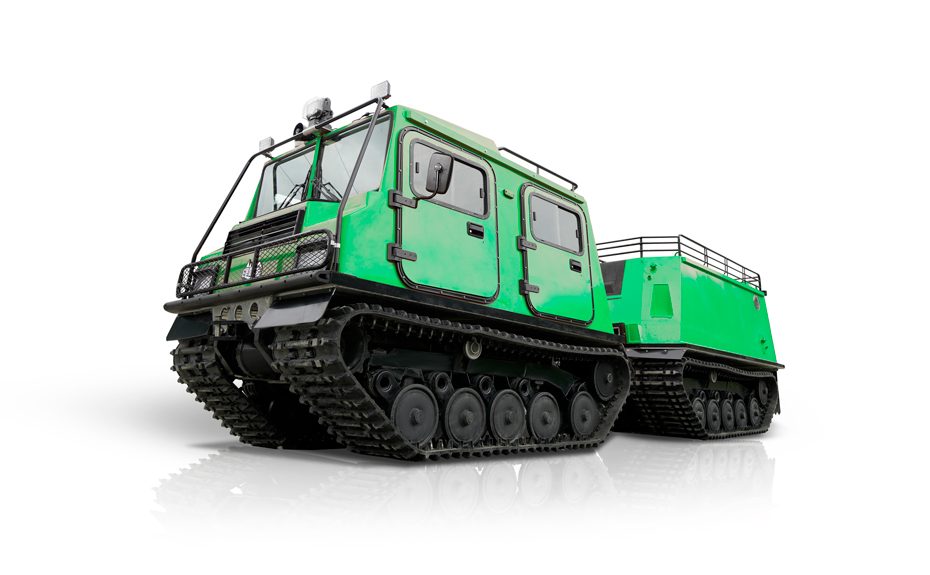
Rubber Tracks Series Ready for Blizzard Rescue?
When the next polar vortex locks a Minnesota town under three-foot drifts, responders ask one question first: can anything move faster than a snowcat yet gentler than a plow truck? Across Reddit threads and Quora boards that have exploded since last winter’s blackouts, the phrase on every fire chief’s screen is “Rubber Tracks Series.” Users swap drone clips of pickups wearing oversized rubber belts clawing through ice-crusted cul-de-sacs without ripping up asphalt. The up-votes are unanimous—looks heroic, but does the hardware survive once the thermometer free-falls past −25 °C?
Field logs from Swedish volunteer rescue group Alfa-07 supply numbers. Outfitted with 400-mm wide Haishida tracks, a 5 500 kg Chevy Silverado kept 60 % more grip than the identical tire model, logging zero belt cracks after 72 h of blizzard shuttles. Thermocouples showed the rubber compound stayed flexible at −28 °C, the point at which winter-rated tires normally turn to skateboards. The secret is a layered canvas of aramid and nylon that disperses bending stress; inside, a continuous steel cable prevents stretch, so the track doesn’t start “throwing lugs” the way cheap ATV belts do.

City purchasers worry about the other extreme: summer asphalt. A municipal garage in Calgary ran a tracked F-550 down 30 km of freshly laid pavement, then lifted the truck for inspection. Result: no scoring, no oil-stained indentations. Rubber Tracks Series distributes load down to 0.28 bar—about one third of a fire-truck tire—so even 12 500 lbs of gross weight rides like a sidewalk sweeper. The caveat is cost. When a belt eventually meets a hidden rebar spike, the whole 1 800-dollar track must be swapped; you cannot section-repair it the way steel tracks allow. Departments debate keeping one spare set per axle versus rotating back to tires during off-season.
Floods and muskeg pose a different reliability test. During 2023’s Hurricane Hilary overflow, a Riverside County crew drove an RT125 Tracked Utility Terrain Vehicle—again wearing Haishida Rubber Tracks Series—through a mile of chocolate pudding that had swallowed two conventional ambulances. Ground pressure so low the vehicle “planed” on top, yet payload stayed full: four litters, two medics, 400 L of diesel. No de-tracking, no winch rope needed. Afterward, a quick pressure-wash and belt tension check put the rig back in service the same afternoon.
Still, experienced operators on r/EMS argue tracks are not religion. A hybrid fleet—rubber-tracked vehicle for access, high-flotation tires for supply shuttles—cuts hourly operating cost by 38 % while preserving road surface. The emerging consensus: buy one tracked platform per county for “last-half-mile” penetration, keep wheels for the highway majority.
If your brigade is writing next year’s grant, the specs worth copying are already on the lot at Haishida Emergency Equipment (Zhejiang) Co., Ltd. Their Rubber Tracks Series belts come pre-drilled for Ford, Ram and Iveco hubs, integrate with central tire inflation systems, and ship with a five-year UV warranty—rare in the industry. See the full RT125 chassis, winch-ready and stretcher-compatible, at https://www.chinahaishida.com/product/tracked-utility-terrain-vehicle/tracked-utility-terrain-vehicle-97.html. Stock is moving ahead of El Niño predictions; reserve a demo unit and let your crew answer the next blizzard call with rubber, not prayers.

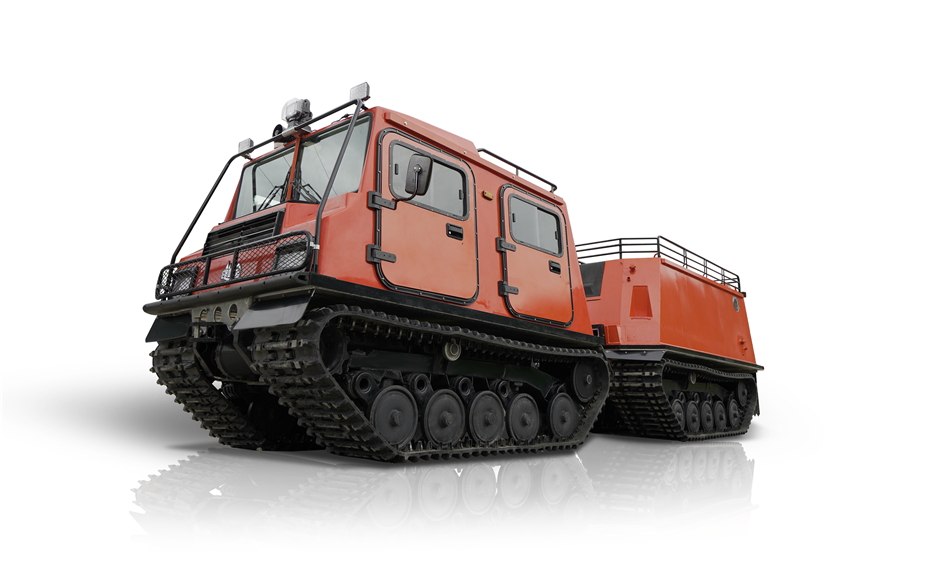
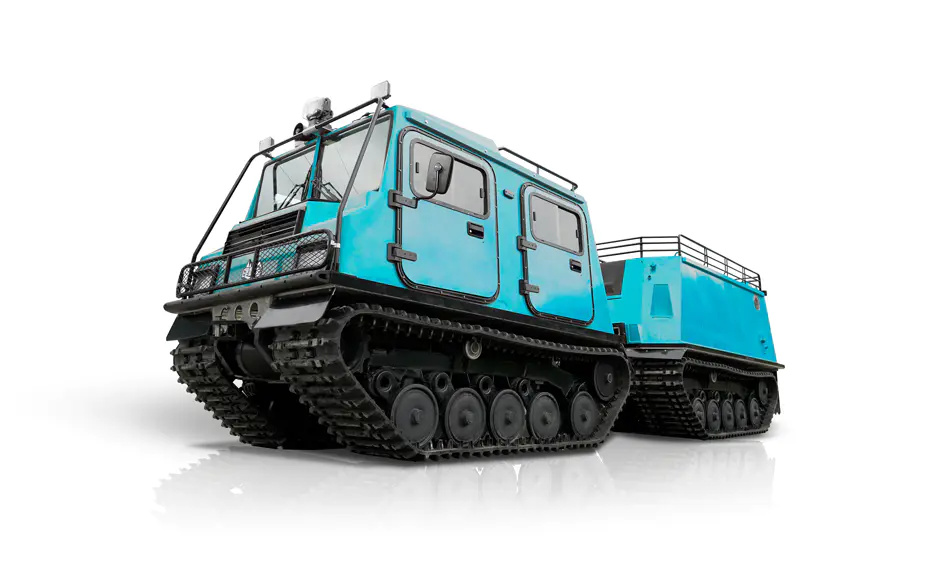
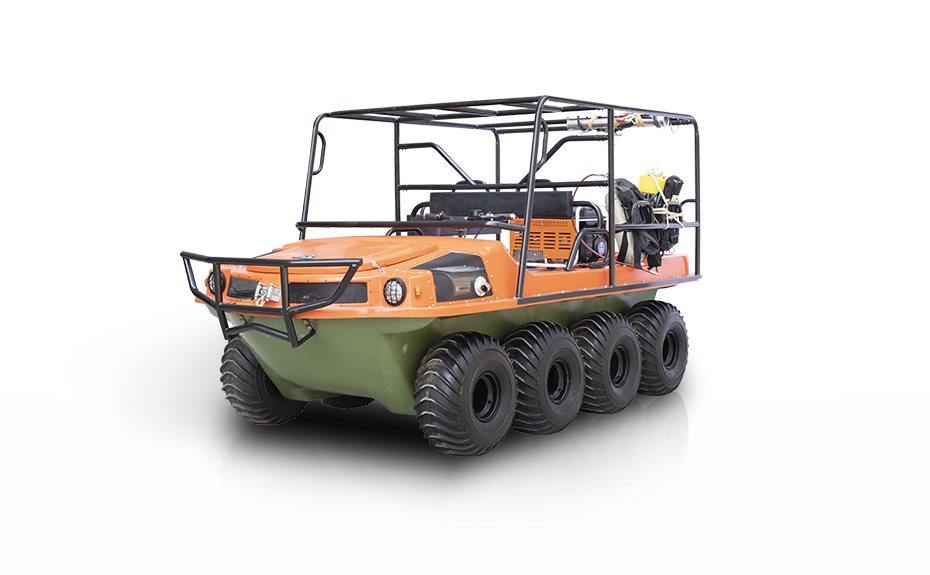
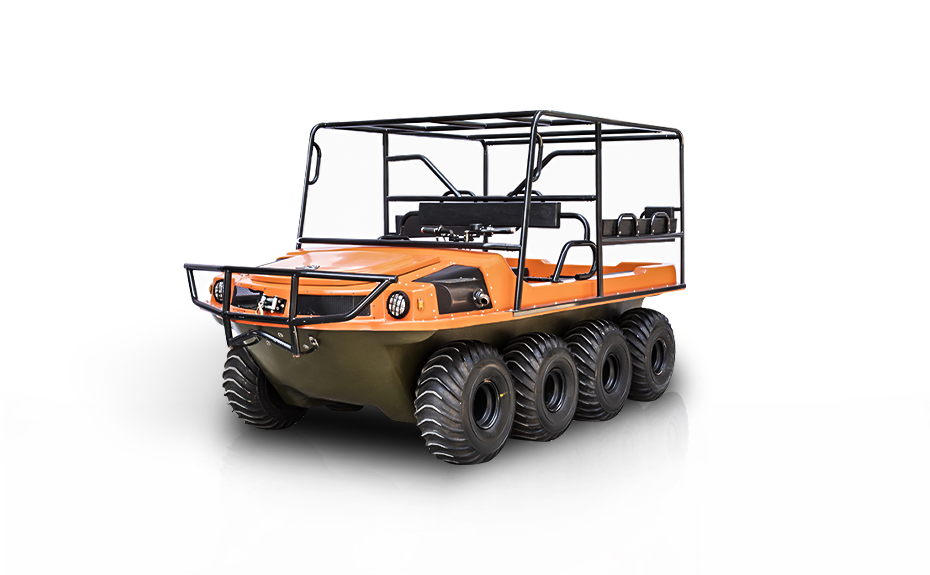
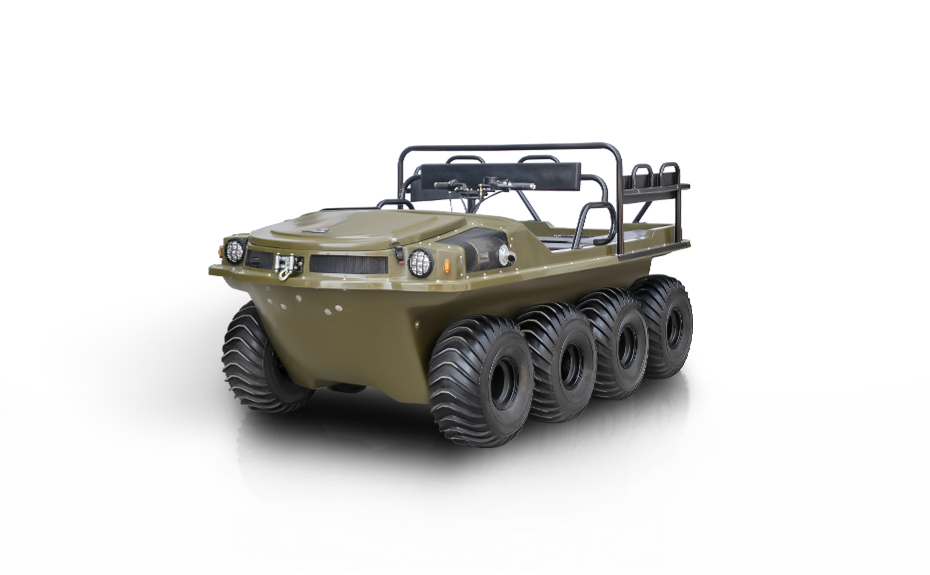





 浙ICP备2022029871号
浙ICP备2022029871号